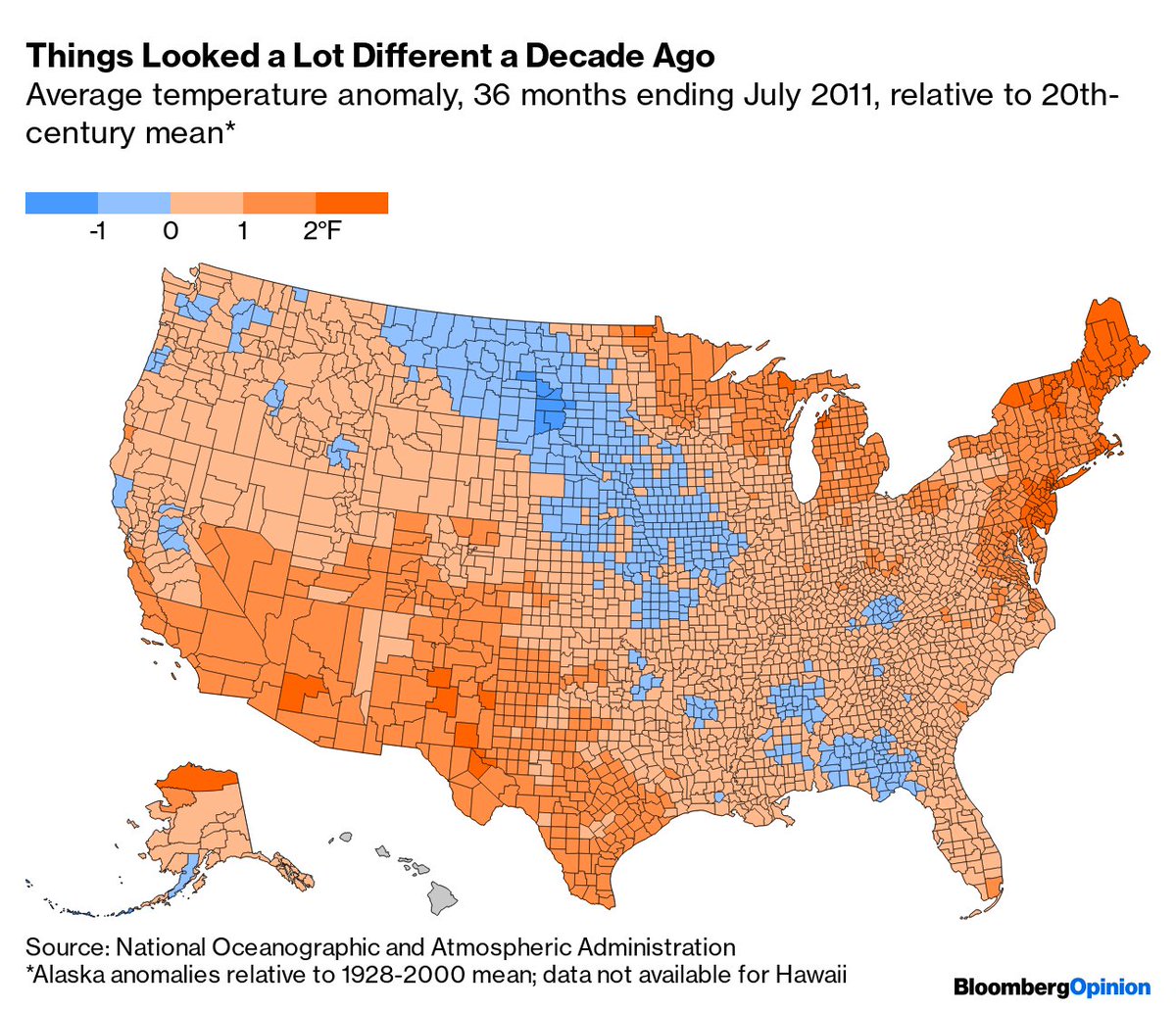I made a column with lots of charts (evergreen Tweet) bloomberg.com/opinion/articl…
This year has already broken the record for the number of corporate bankruptcies of $1 billion or more, according to NYU's Edward Altman. But by some other bankruptcy measures it's not a record-breaker at all 

The overall number of business bankruptcies is (as of the second quarter, at least) near a 40-year low 

Part of the long-run business bankruptcy decline has to do with changes in bankruptcy law, part with declining business dynamism (fewer startups, fewer failures). But something really interesting has been going on with the latter this year 

A lot of this is people starting up side gigs, consulting businesses etc., which always happens in an economic downturn bloomberg.com/news/articles/…
But as @JHaltiwanger_UM has been pointing out on a near-weekly basis, there's also been a big uptick in likely-employer business applications, which is not something you'd expect in a downturn
https://twitter.com/JHaltiwanger_UM/status/1304496651600621570?s=20
Oh, and look, now I can update that chart with another week of data (available here: census.gov/econ/bfs/index…). The contrast with the last recession has gotten even bigger 

• • •
Missing some Tweet in this thread? You can try to
force a refresh




















